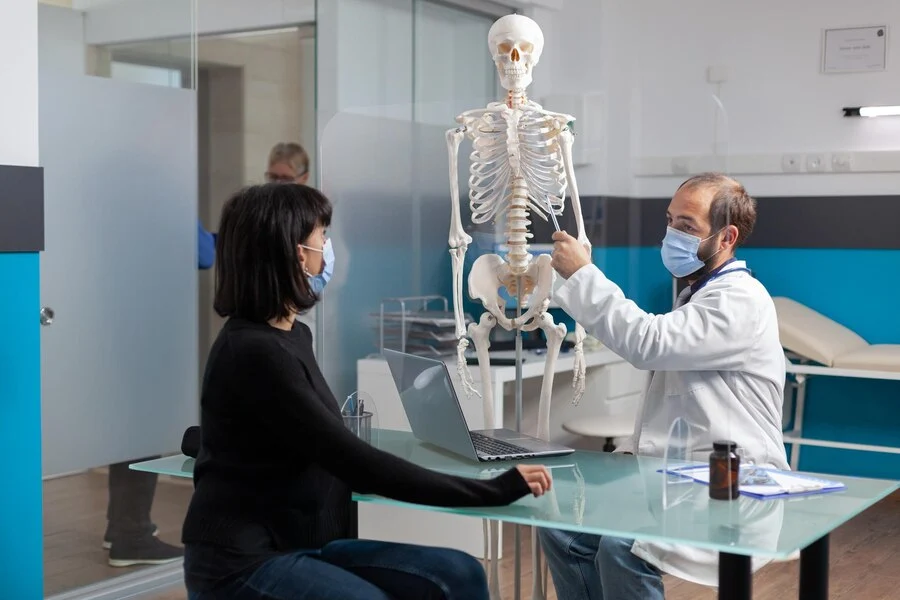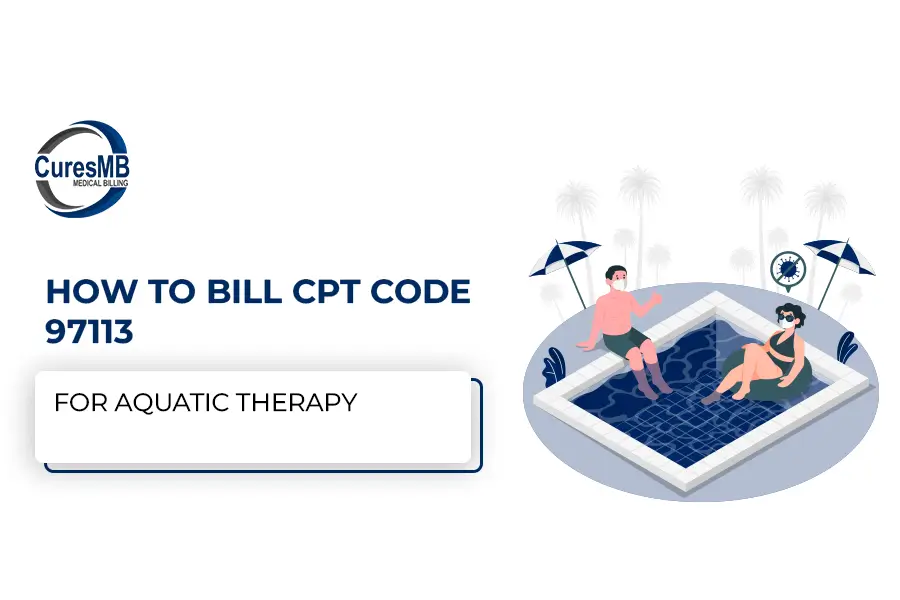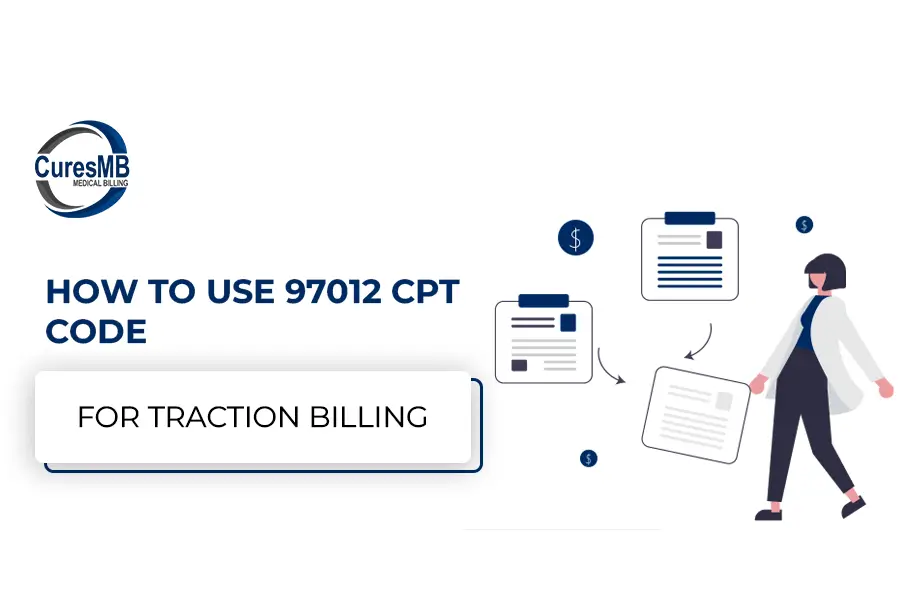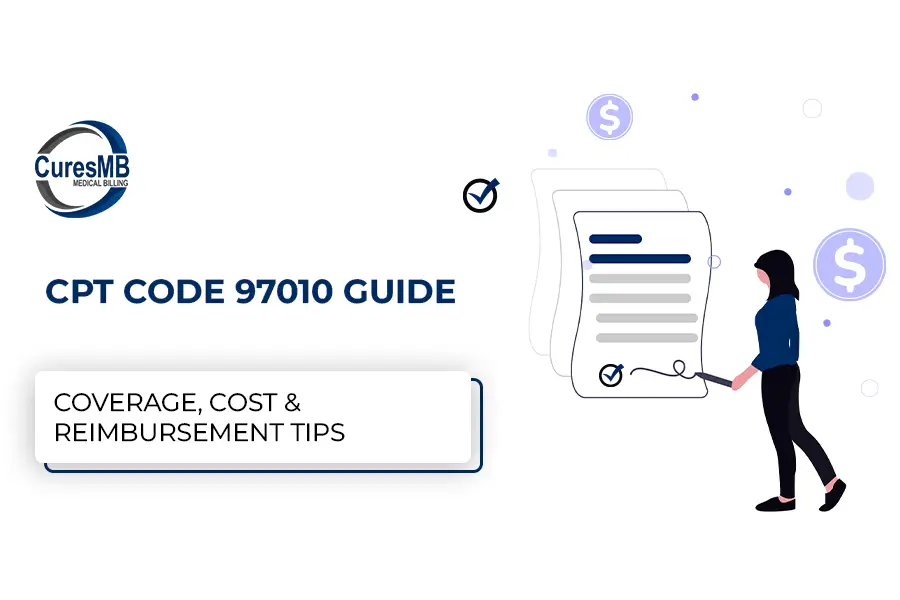
Perfect osteoporosis ICD-10 coding is critical for claims accuracy, compensation, and compliance. With over 20% of claims denied due to medical coding errors, mastering these codes ensures your practice avoids costly setbacks.
Osteoporosis ICD-10 coding demands precision, whether you’re billing for screenings, fractures, or chronic care. By mastering codes like M80.0 and Z13.820, you’ll reduce denials and ensure compliance.
Proper osteoporosis ICD-10 coding is crucial for reimbursement, accurate records, and compliance. Use 2025 billable specific codes like M80.0A or M80.021 to document age-related osteoporosis with current pathological fracture, unspecified site.
Osteoporosis is a medical condition caused by weakened bones, making them more liable to fractures. The disease often progresses noiselessly and painlessly until a fracture occurs, typically in the hip, spine, or wrist. Osteoporosis is more common in older adults, particularly postmenopausal women, but it can affect individuals of all ages and genders.
Osteoporosis affects 10 million+ Americans, making precise coding essential for:
Pro Tip: Always pair ICD-10 codes with supporting documentation (e.g., bone density scans, fracture details) to avoid denials.
M81.0 – Age-Related Osteoporosis without Fracture
M80.0 – Osteoporosis with Fracture, Unspecified Site
M80.8 – Other Osteoporosis with Fracture
Z13.820 – Encounter for Osteoporosis Screening
M85.8 – Other Specified Disorders of Bone Density
Our goal is to streamline your healthcare revenue cycle management, give you the financial freedom your practice deserves, and take control with a partner specializing in provider RCM optimization and services excellence.

Access essential company data with a simple click through the 'Download Company Info' feature.
| ICD-10 Code | Description |
|---|---|
| M80.08 | Age-related osteoporosis with current pathological fracture, unspecified site |
| M80.021 | Age-related osteoporosis with current pathological fracture, unspecified site |
| M80.022 | Age-related osteoporosis with current pathological fracture, unspecified site |
| M80.072 | Age-related osteoporosis with current pathological fracture, unspecified site |
| M80.06 | Age-related osteoporosis with current pathological fracture, unspecified site |
| M80.04 | Age-related osteoporosis with current pathological fracture, unspecified site |
| M80.061 | Age-related osteoporosis with current pathological fracture, unspecified site |
| M80.07 | Age-related osteoporosis with current pathological fracture, unspecified site |
| M80.03 | Age-related osteoporosis with current pathological fracture, unspecified site |
| M80.032 | Age-related osteoporosis with current pathological fracture, unspecified site |
| M80.031 | Age-related osteoporosis with current pathological fracture, unspecified site |
| M80.01 | Age-related osteoporosis with current pathological fracture, unspecified site |
| M80.051 | Age-related osteoporosis with current pathological fracture, unspecified site |
| M80.011 | Age-related osteoporosis with current pathological fracture, unspecified site |
| M80.041 | Age-related osteoporosis with current pathological fracture, unspecified site |
| M80.052 | Age-related osteoporosis with current pathological fracture, unspecified site |
| M80.012 | Age-related osteoporosis with current pathological fracture, unspecified site |
| M80.0A | Age-related osteoporosis with current pathological fracture, unspecified site |
| M80.81 | Other (used across international versions of ICD-10) |
Specificity is Key
Avoid “unspecified” codes (e.g., M81.9) when possible. For example:
Linking Fractures to Osteoporosis
Screening vs. Diagnostic Codes
These codes are vital when osteoporosis results in fractures at unspecified locations. Additional codes like M80.041 or M80.051 also align with other international versions of ICD-10, ensuring claim accuracy across healthcare systems from 2016–2025. Always document the fracture site when known and apply the most accurate diagnosis code to avoid denials and maximize payment.
Need help? Our team resolves coding errors in 48 hours. Schedule a Free Audit
Use M80.8 (osteoporosis with fracture) or M81.8 (devoid of fracture) + T38.0X5A (contrary effect of glucocorticoids).
Code the fracture site (e.g., S22.000A for thoracic spine) + M80.08A (osteoporosis with pathological fracture).
Yes, for eligible patients (e.g., women over 65, estrogen-deficient patients) every 24 months.
Z82.62 (Family history of osteoporosis).
Discover Cures Medical Billing Services Across Different States
FL
NY
ML
CO
NJ
AZ
TX
CA
WA
We are a team of national medical billing service experts based in Astoria, NY, committed to providing ongoing value to our customers. We leverage technology and implement best practices to provide high-quality and cost-efficient medical billing solutions from domestic locations, enabling customers to achieve their business goals. Cures Medical Billing is the best option for any medical billing needs.
Medical billing around Astoria, NY, and beyond is our core competency and our specialists will efficiently manage all your billing needs. Our medical billing specialists have over 12 Plus years of experience with all security technologies to ensure data integrity for our customers. Using our medical billing service, anyone can make their medical billing task less resource-consuming.
Discover unparalleled efficiency and precision in healthcare financial management with Cures Medical Billing Solutions.


